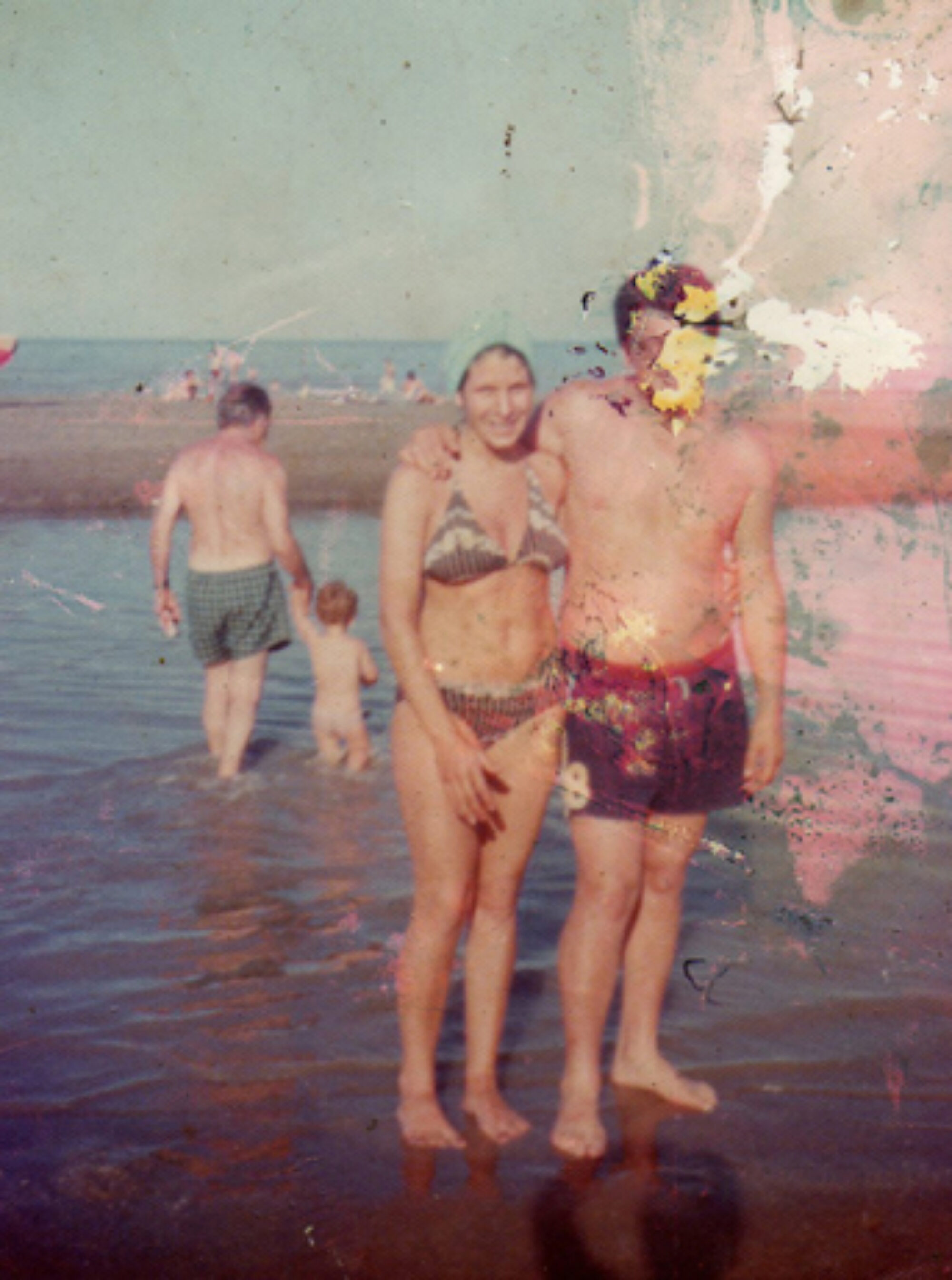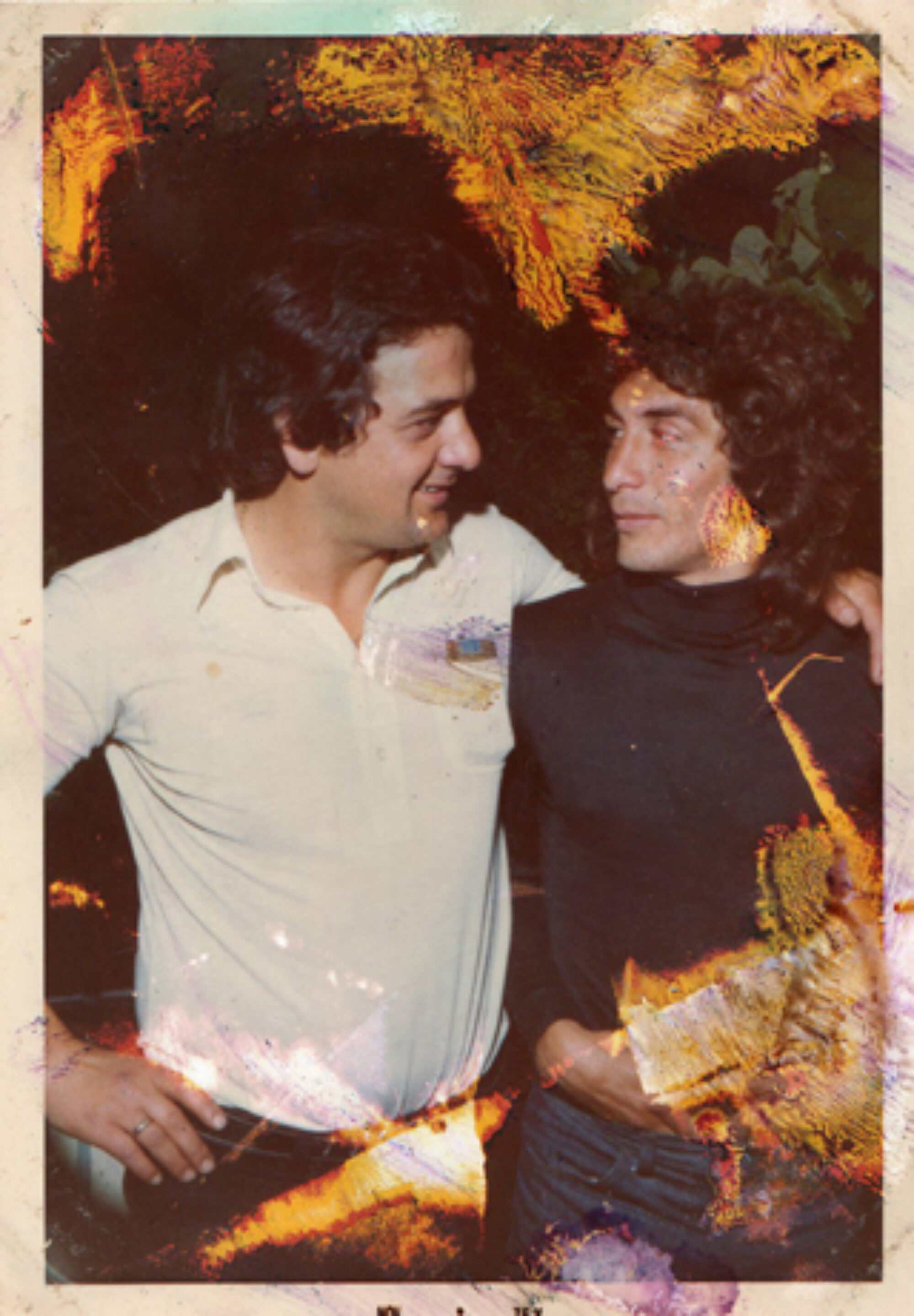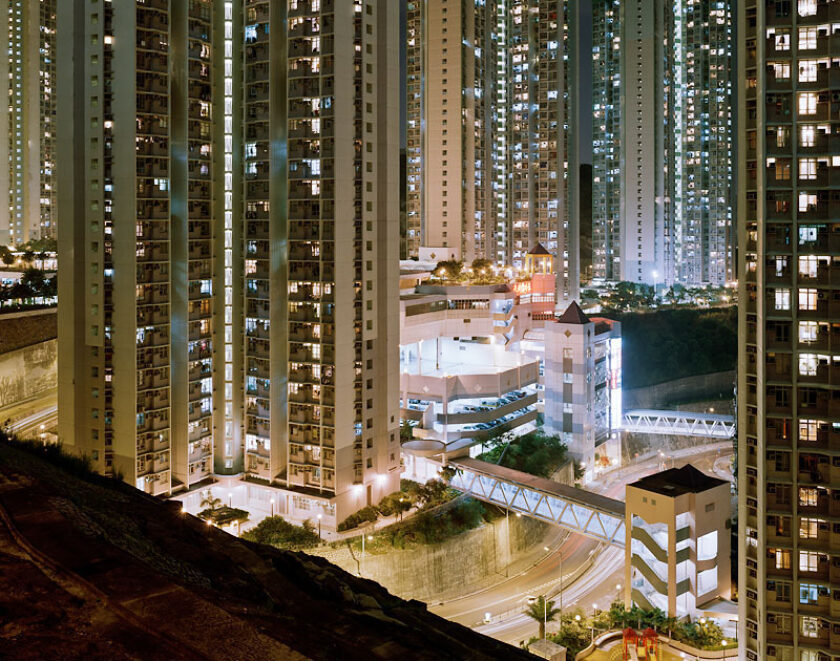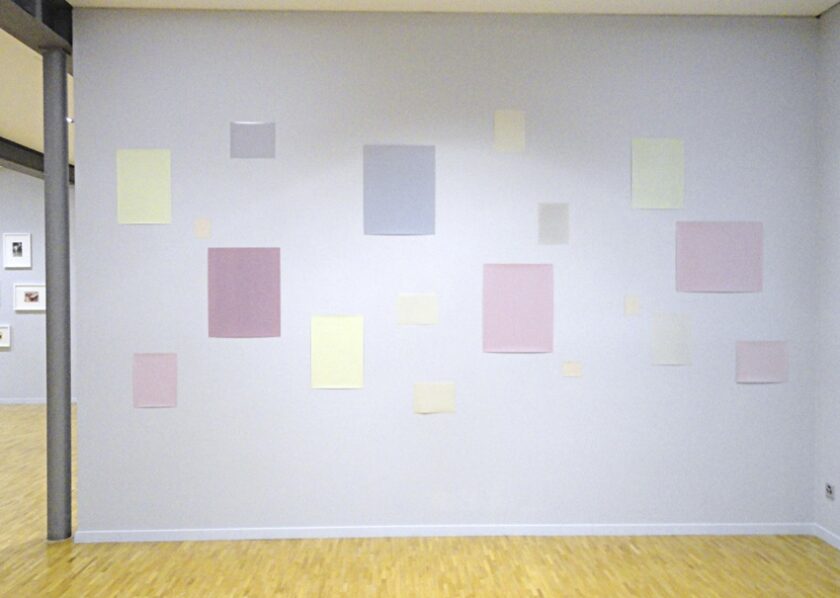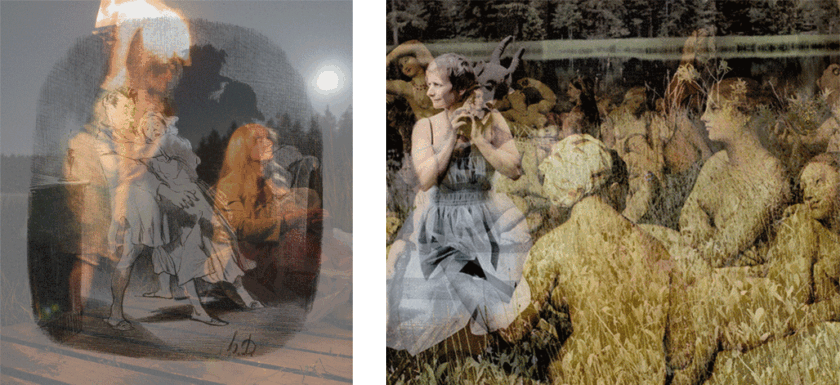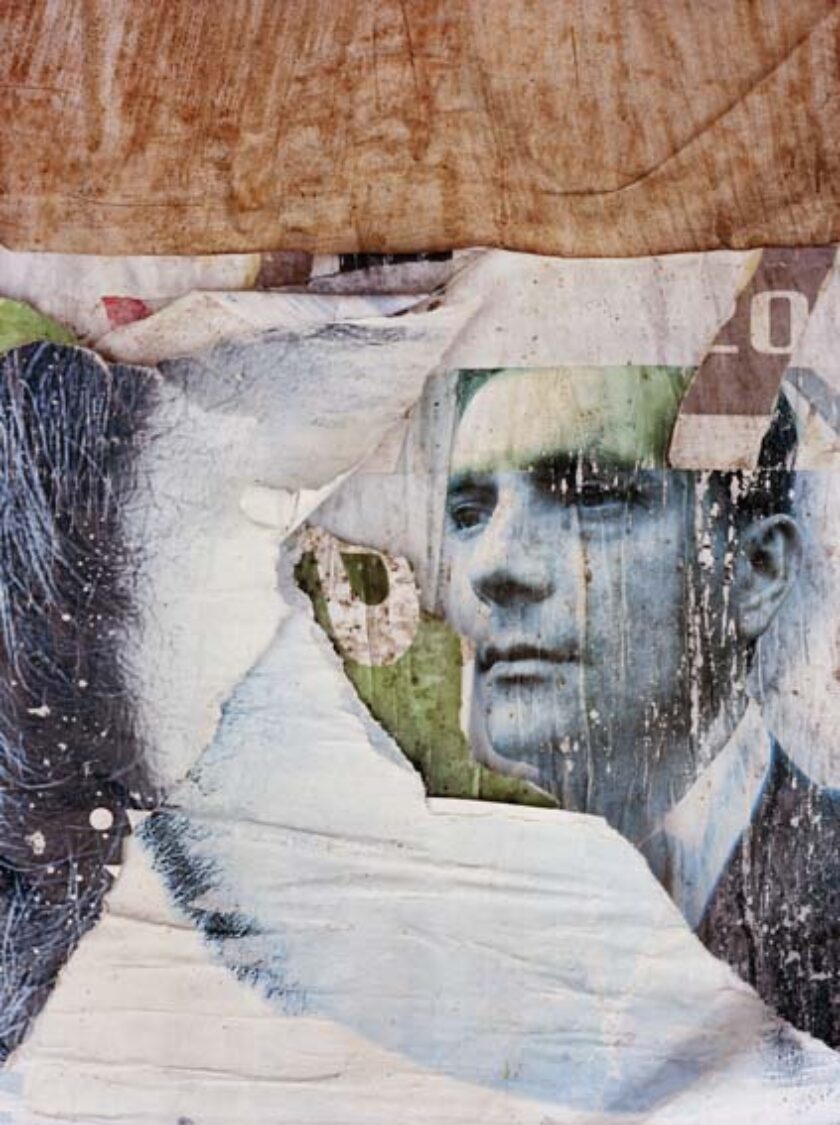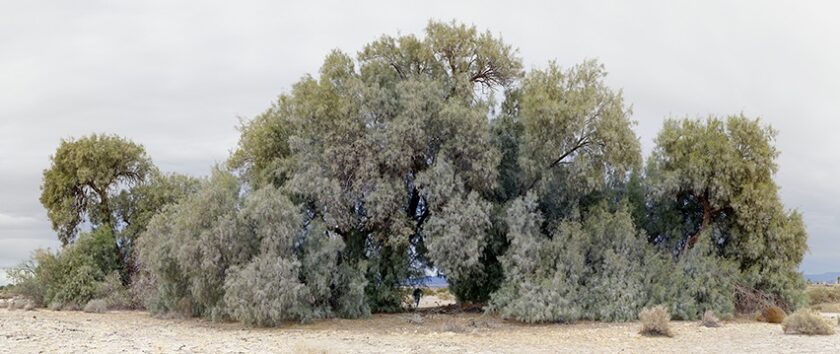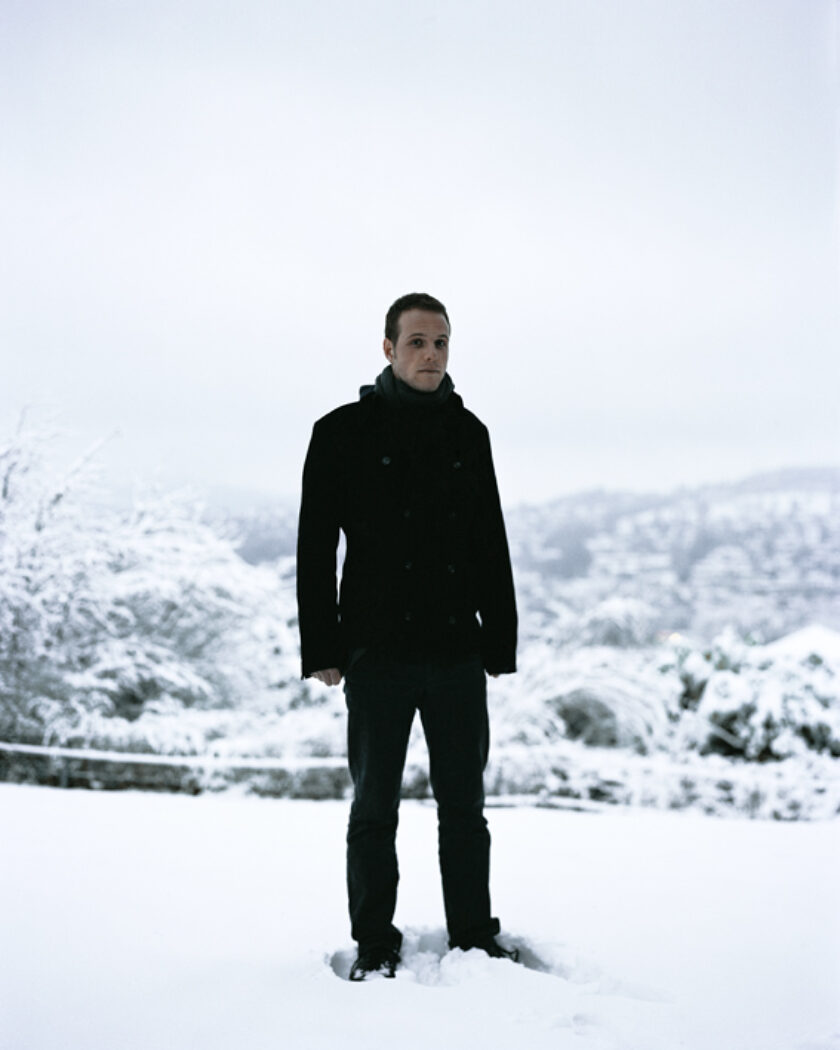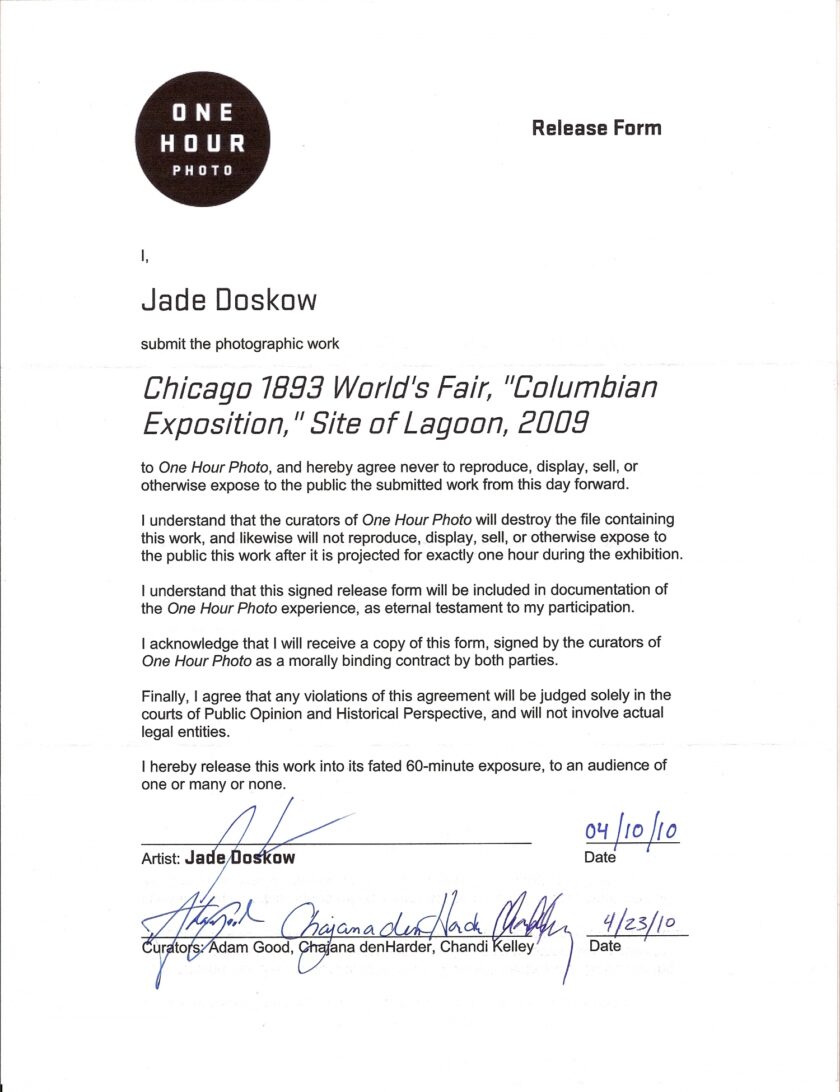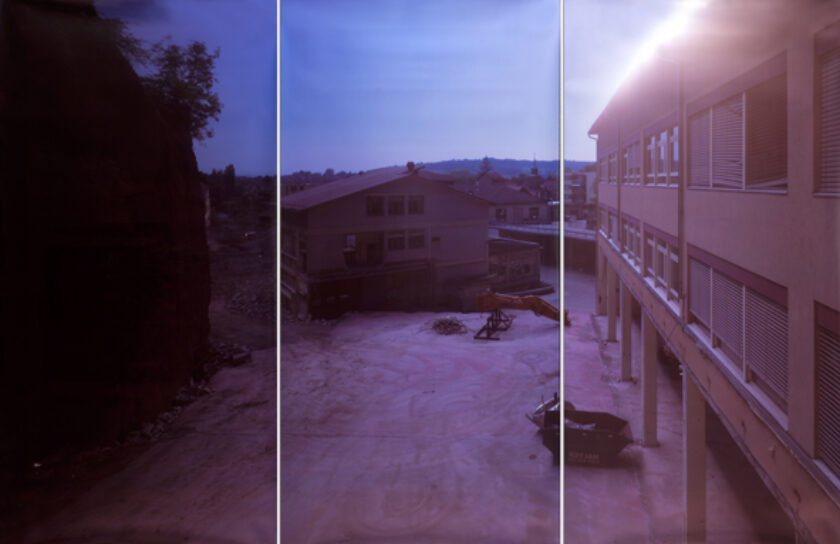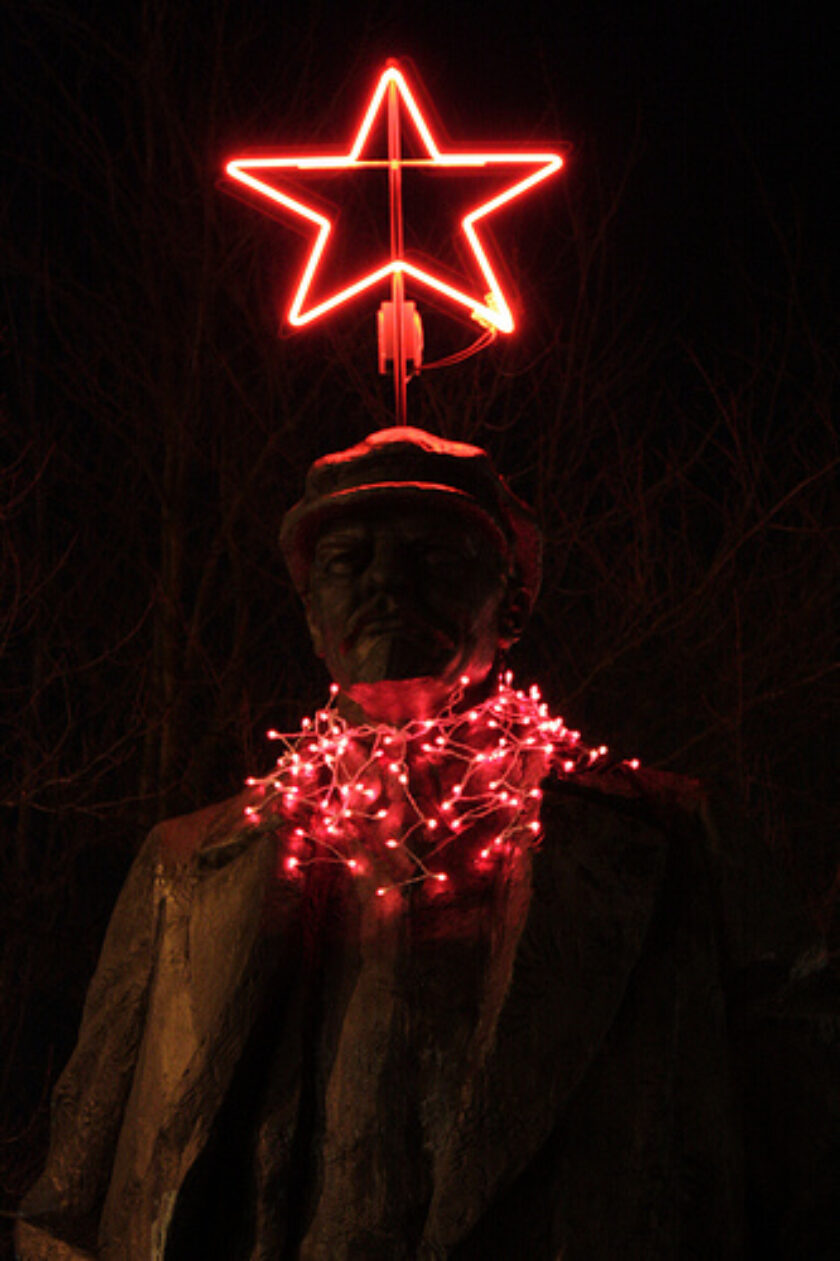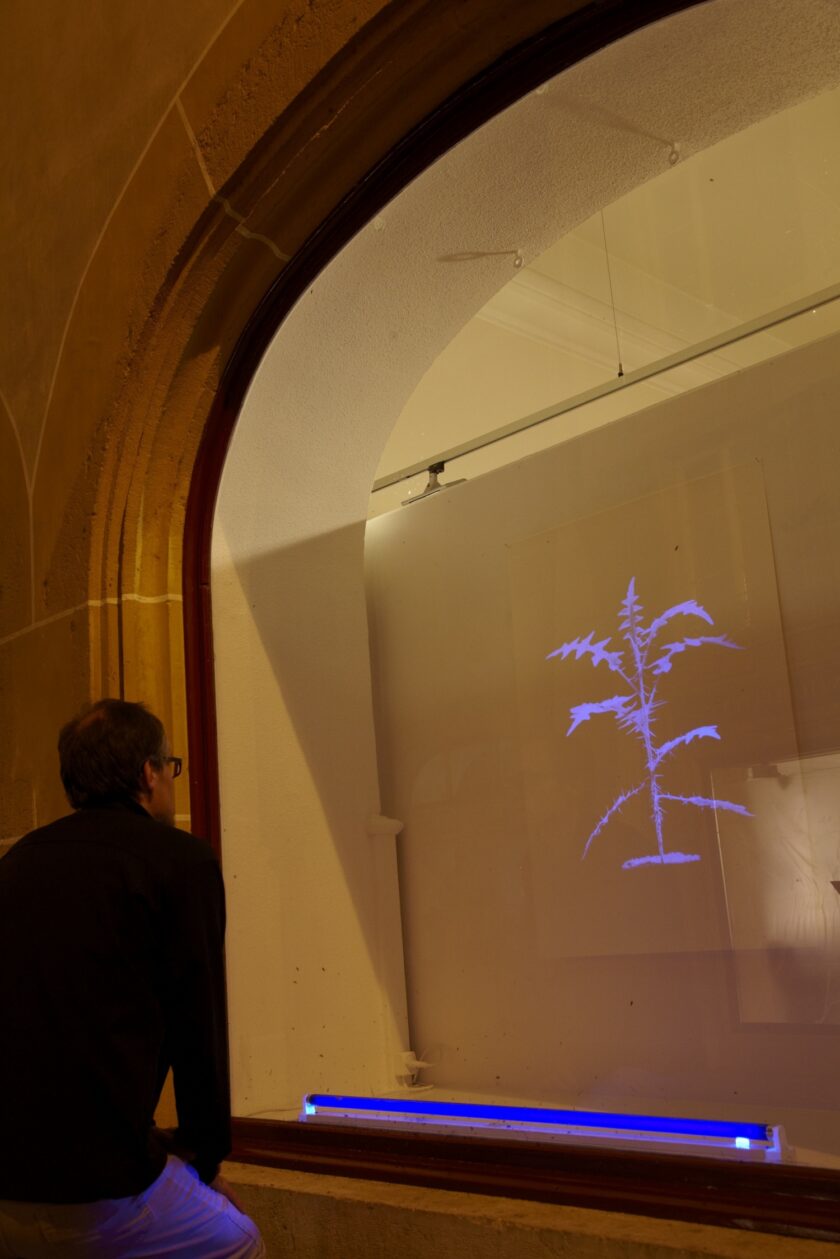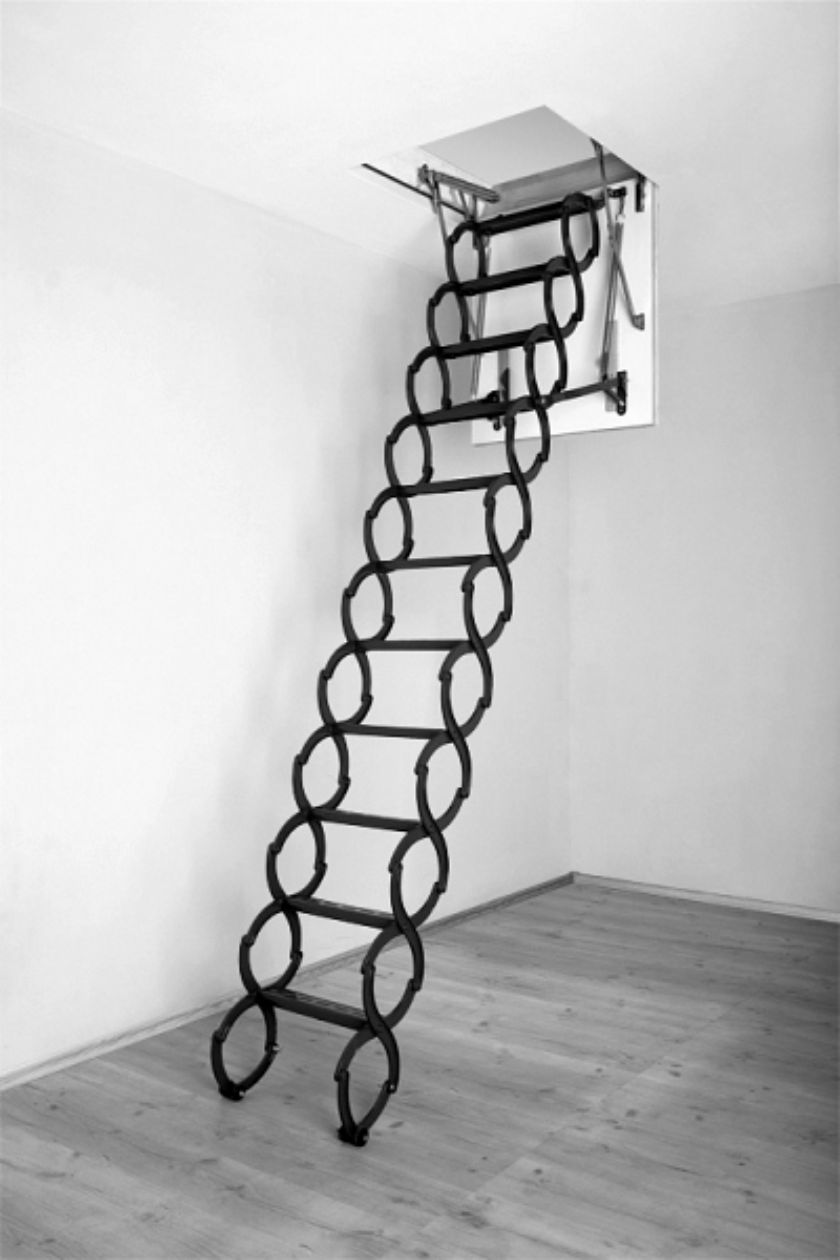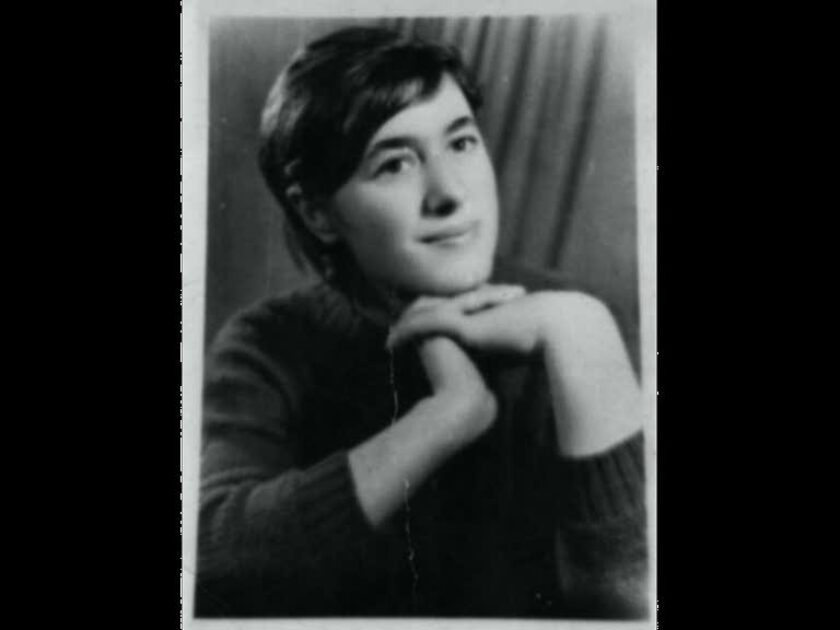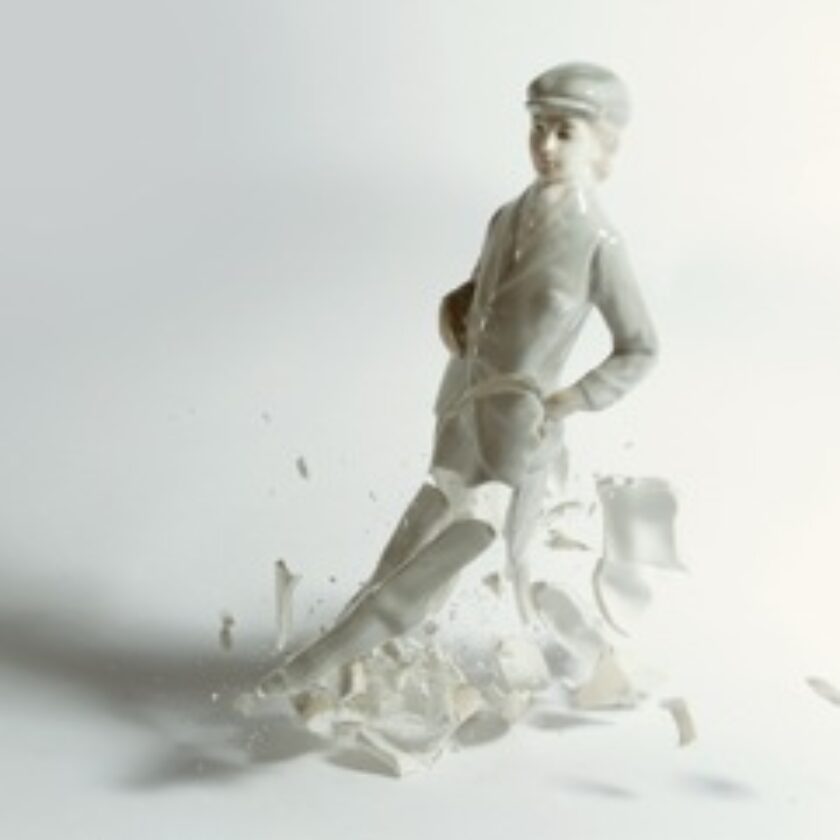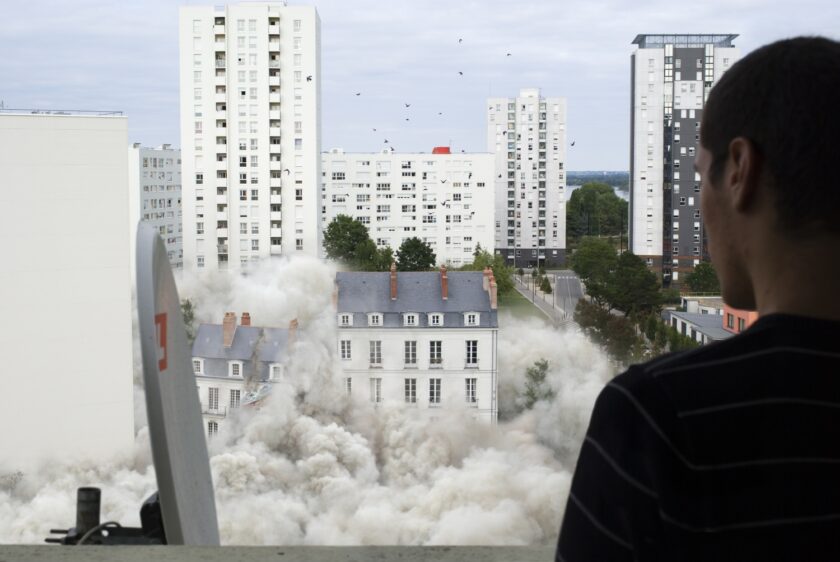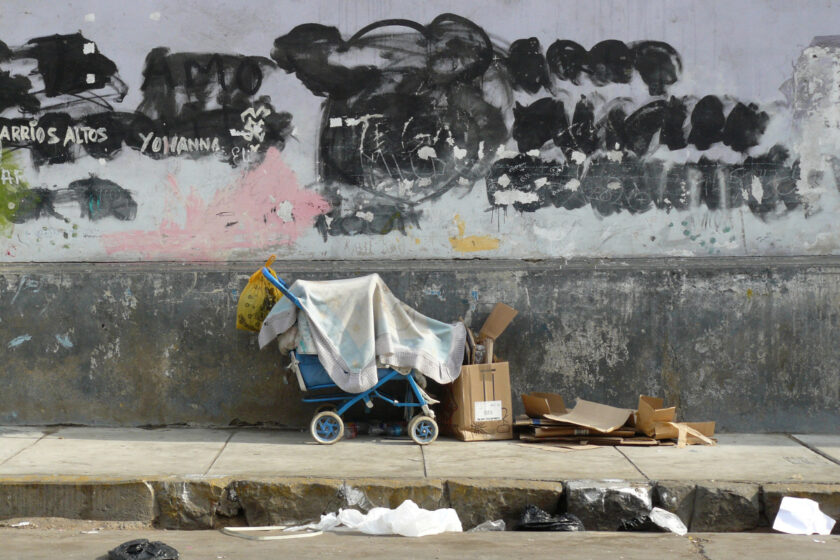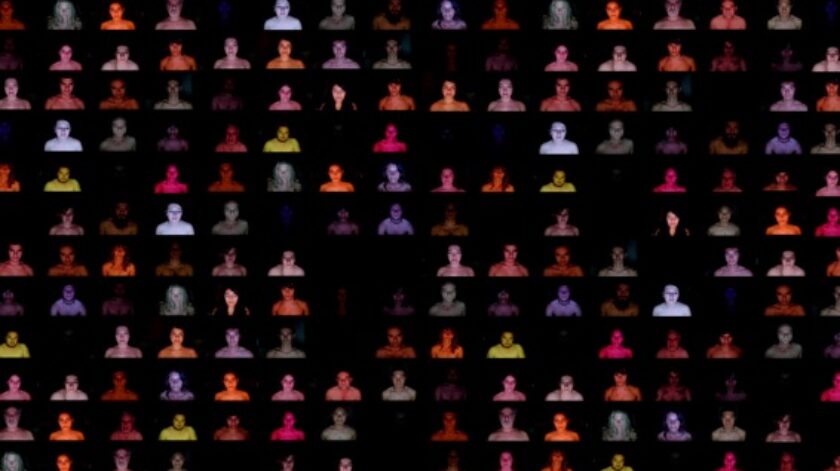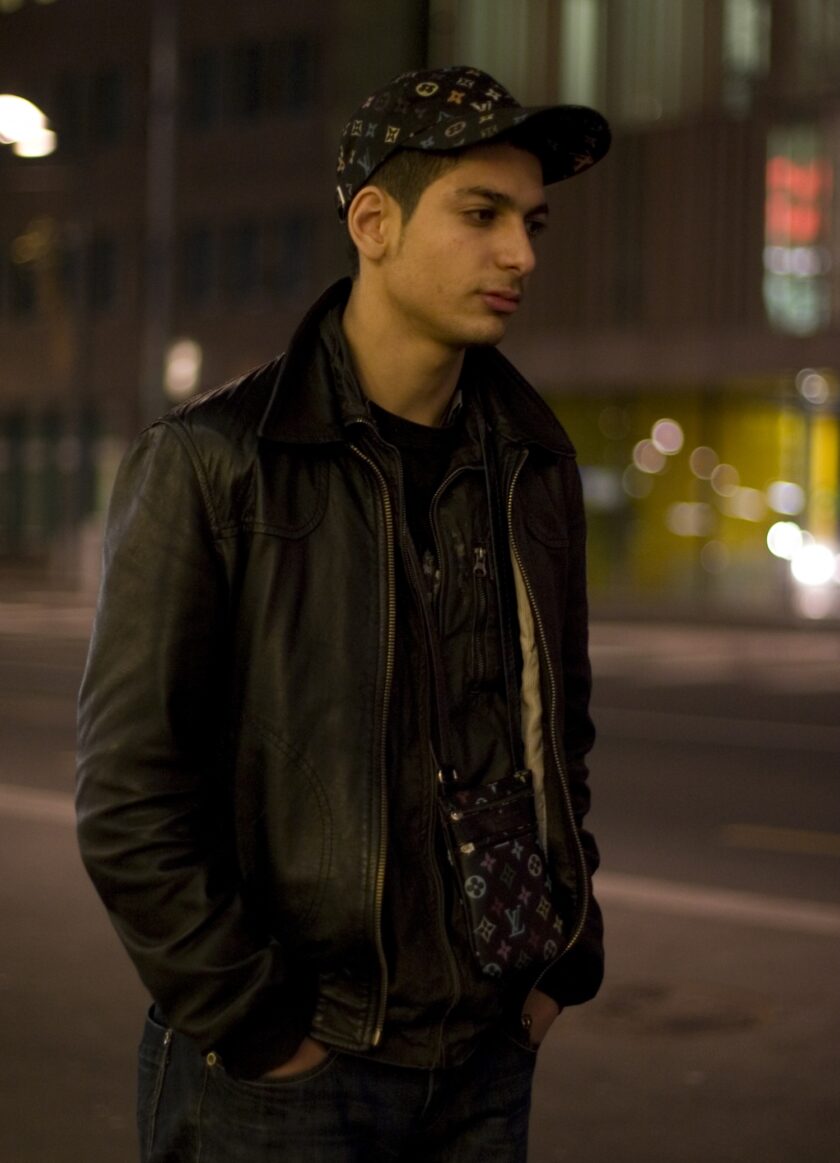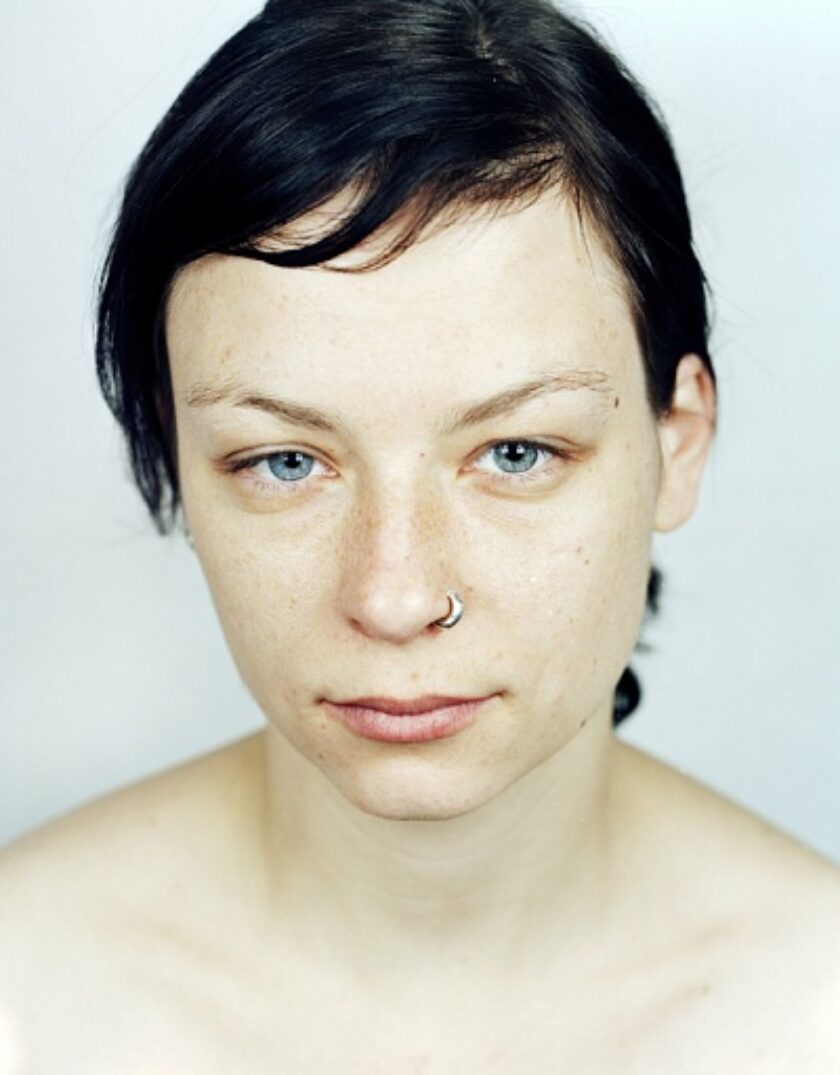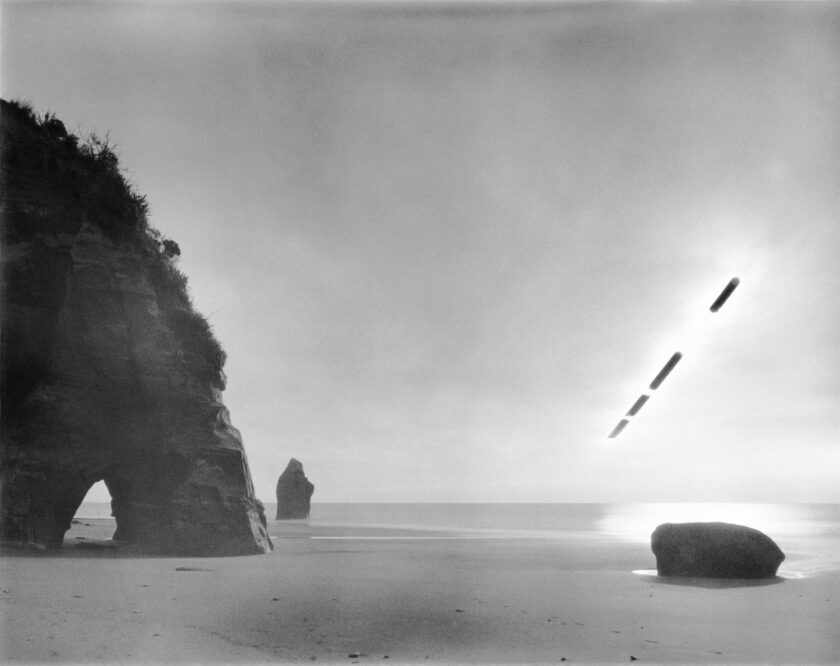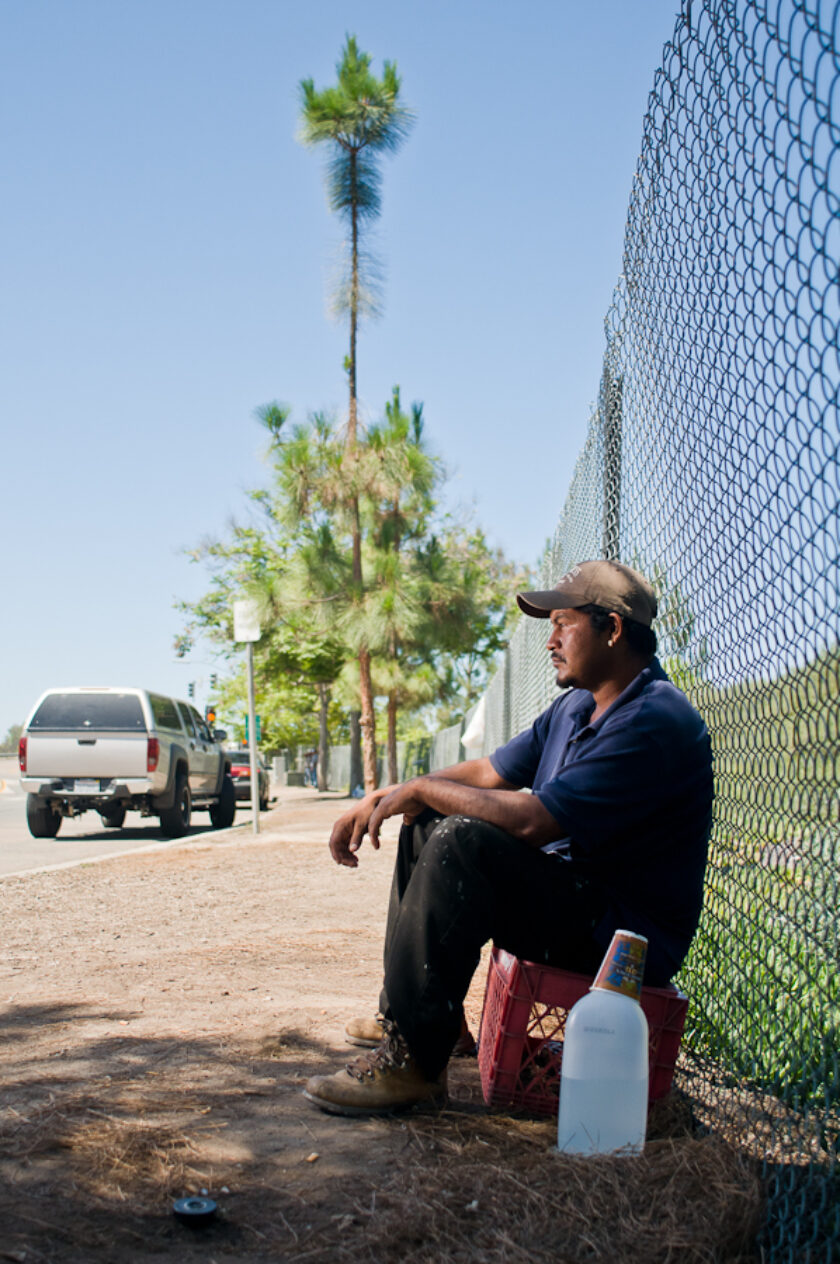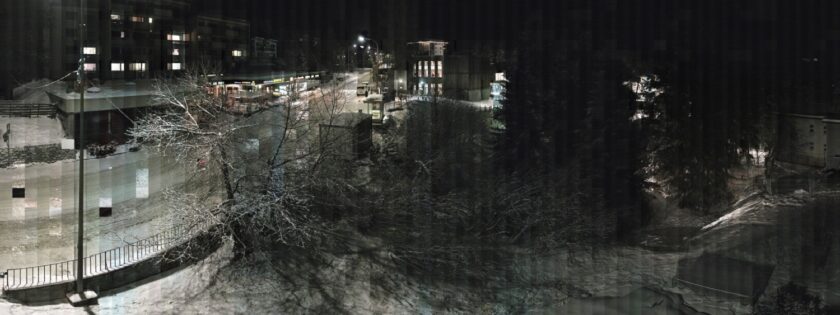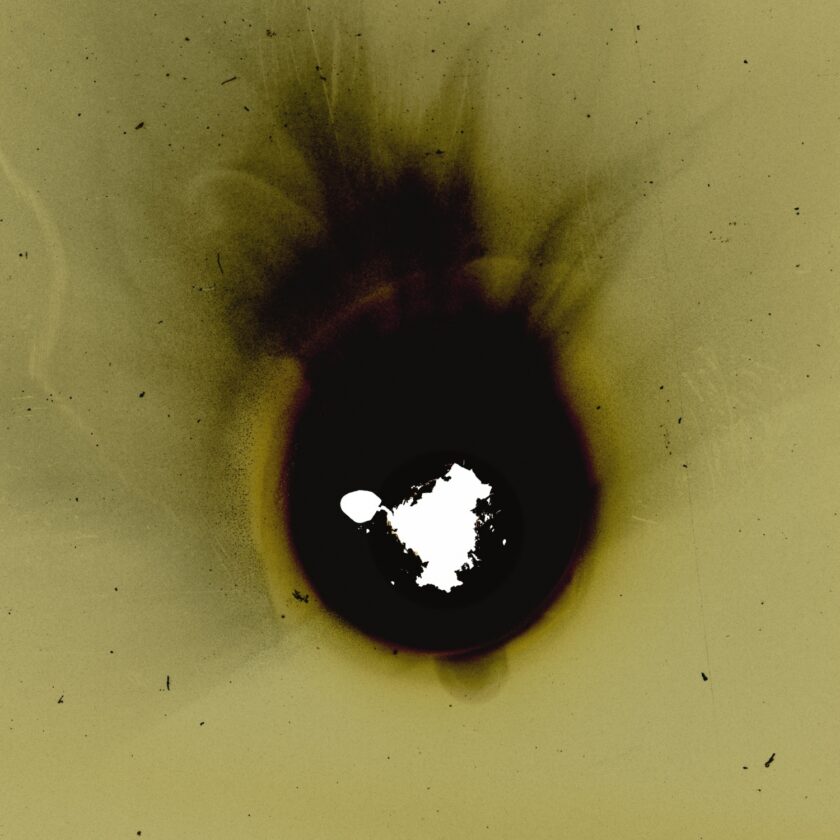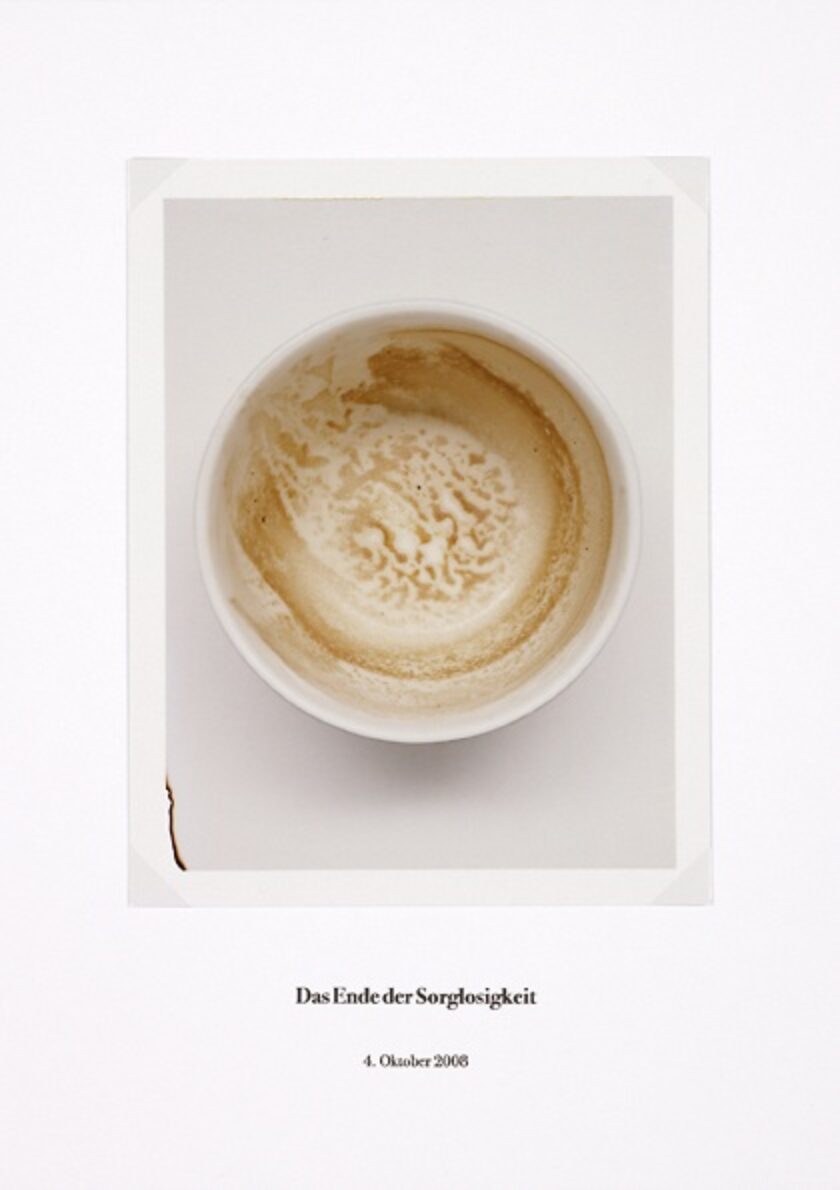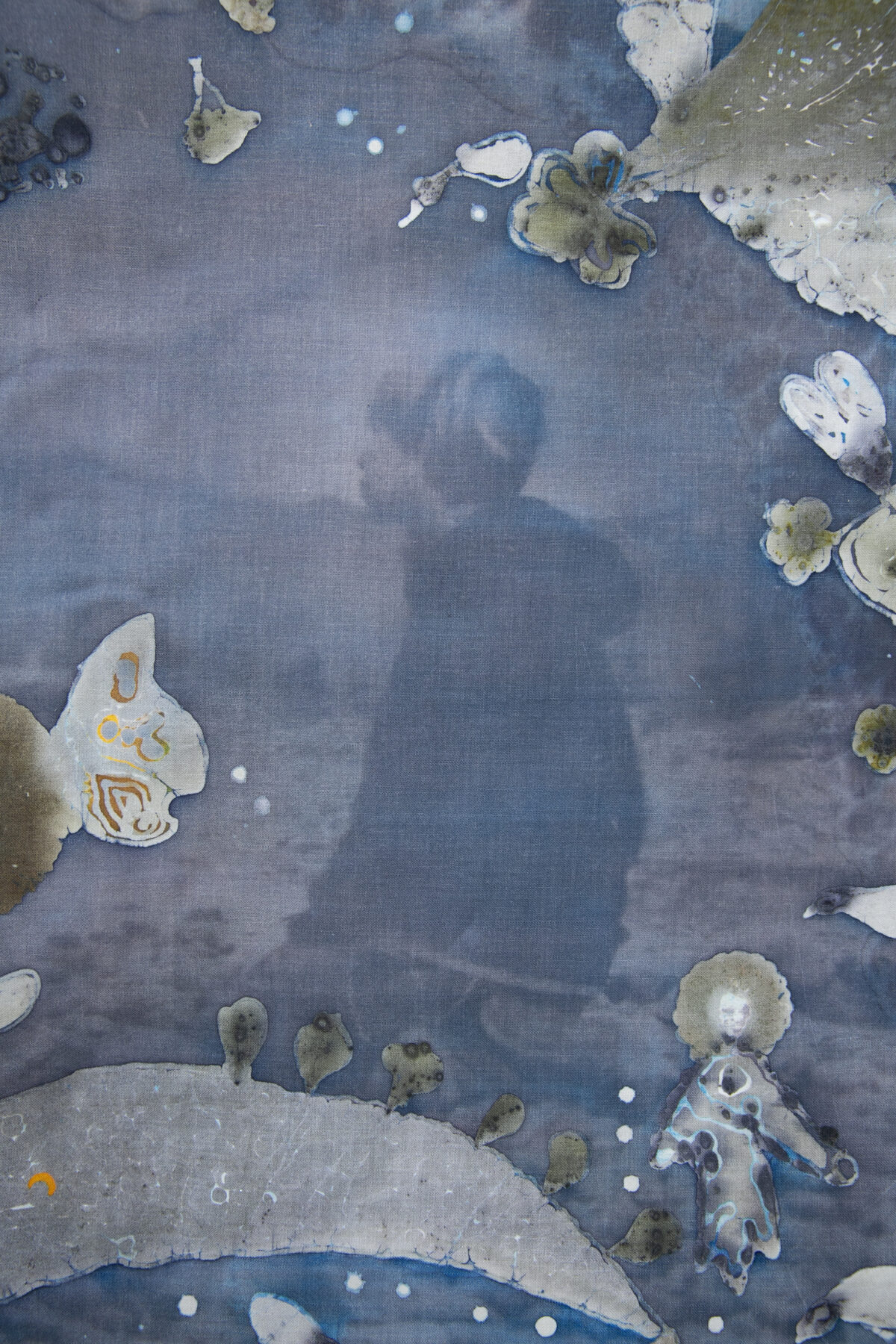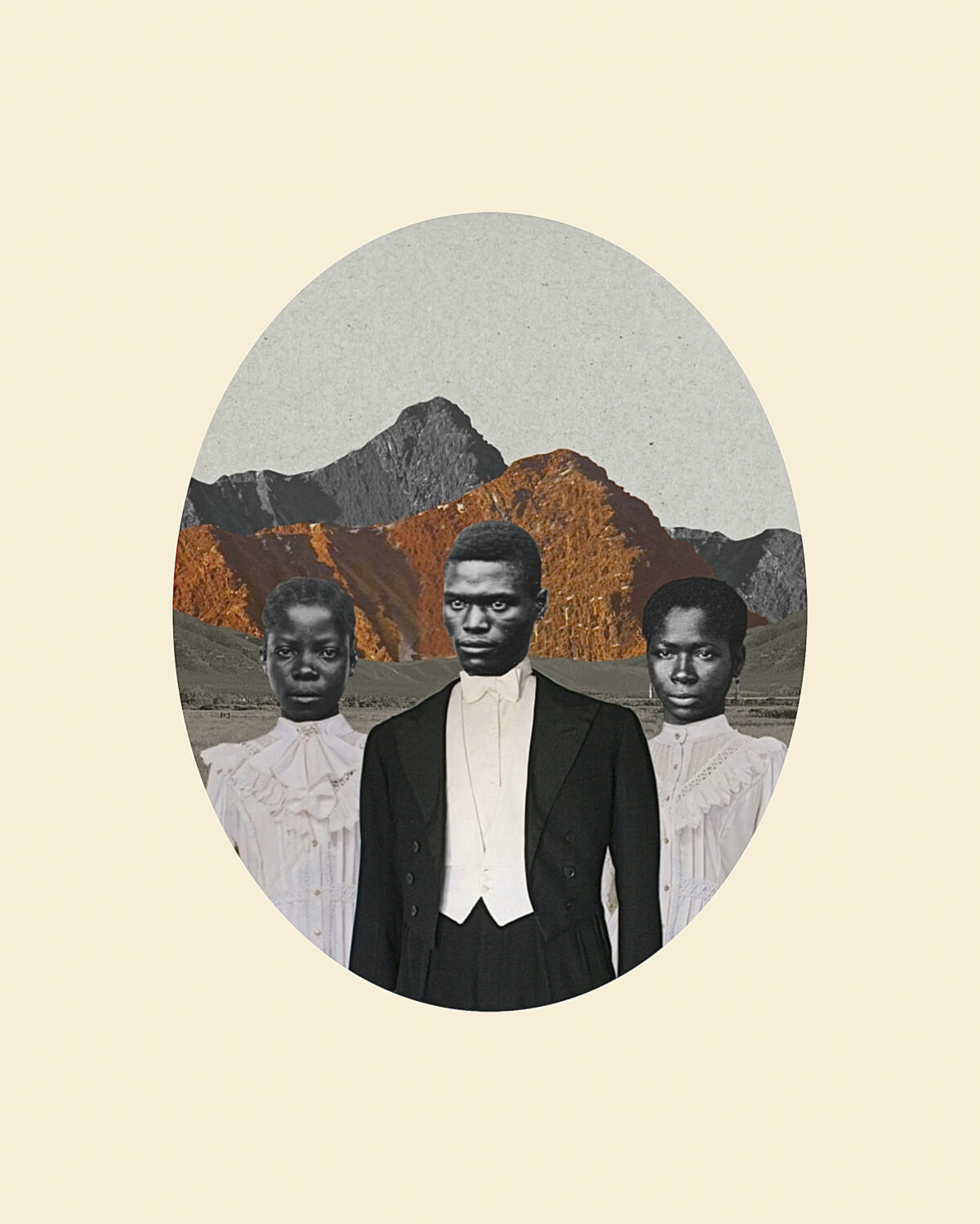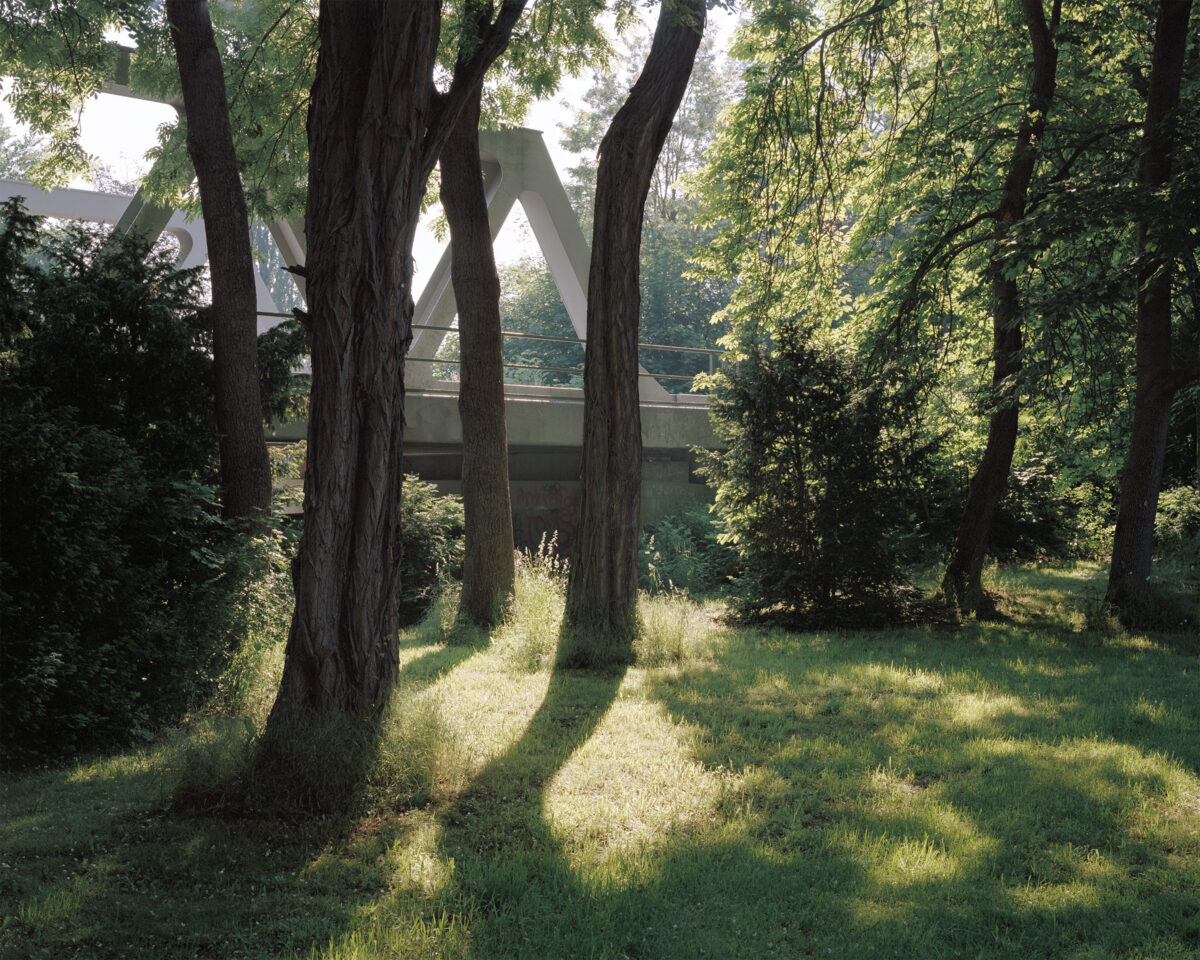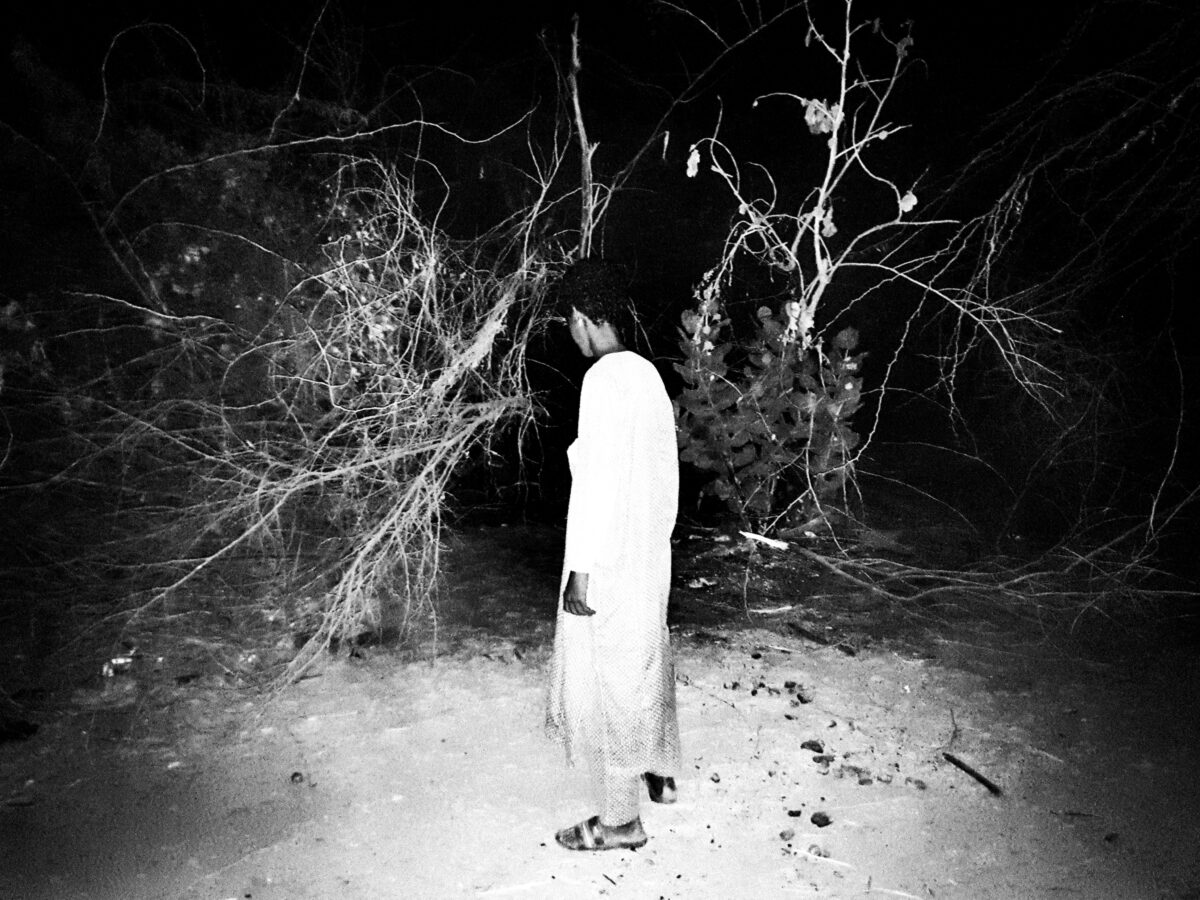Seba Kurtis’s “Shoe Box” does not refer to the object itself but rather to itscontents: family photos left behind in a shoe box when the family fled Buenos Aires under the pressure of the political and economic crisis; its memberswere to become illegal immigrants in Spain. Recuperated many years later, the snapshots were damaged, marked by time and stained by water. Highlightingthe aesthetic quality of these signs of destruction allows the photographer to create a world rich in meaning, where identity and memory play an importantrole. The fronts and backs of the photographs draw one’s attention to the pictorial appearance of these abstract markings left by time. The glossy, wornand discoloured paper is speckled with stains that resemble fumaroles emerging from the emulsion.
The photographer uses it to emphasise the instabilityof the chemical process, which seems to function as a metaphor for memories that erode and change over time. It also evokes the ephemeral nature of thehuman condition, which the artist experienced intimately during his years as an illegal worker. By reinterpreting his family album, Seba Kurtis is exploring asubject that constantly recurs in contemporary art: a questioning of the form and meaning of archives, memory and representations of the past. The photographerplays on the dual dimension of the language of family photographs: a shared representation of the family memory and a source of historical information.The “Shoe Box” functions as a marker of time, symbolising this biographical rupture, the “before” and the “after”, marked by the experience ofmigration. The composition of the pictures and the scenes they depict appear familiar; they recall our own family albums. Seba Kurtis offers an account ofhis biography, and the way it is committed to memory ultimately refers us back to our own.
Year of production: 2008

